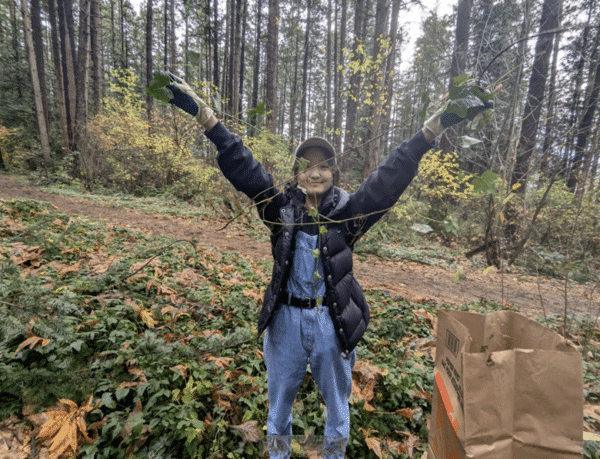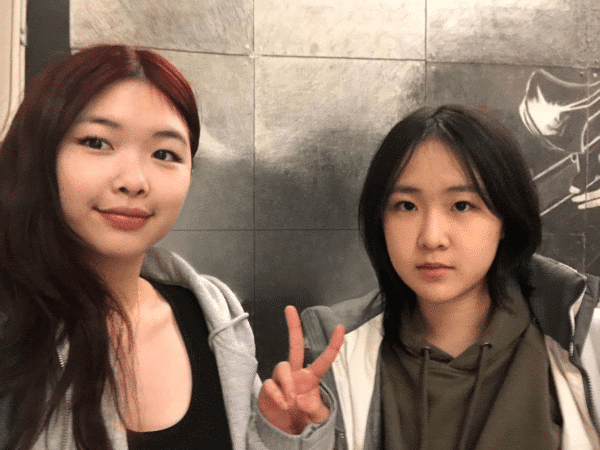By Alex Mutch| June 11, 2024
Invasive species come in all shapes and sizes, from exceptionally large like English holly (Ilex aquifolium) to the microscopic such as Myxobolus cerebralis, the parasite infecting freshwater worms which causes whirling disease in salmonid fish. Large or small, invasive species can do a lot of harm.
This next youth-focused story focuses on the microscopic fungus, Pseudogymnoascus destructans, the disease-causing white nose syndrome – decimating bat populations in Eastern Canada and the United States since its introduction in 2006. One youth is shining a spotlight on this destructive disease.
Meet Emma Gaudreault. Originally from Golden, B.C., Emma grew up surrounded by nature and the mountainous terrain of the Kootenays. After graduating high school, Emma moved to Kelowna where she completed an undergraduate degree in ecology and evolutionary biology at UBC Okanagan. Since then, she has worked in many positions involving invasive species. In 2017, Emma worked for the Government of B.C., monitoring for brown marmorated stink bugs (Halyomorphus halys) in the Okanagan. While working for the Canadian Food Inspection Agency, she was the first person to find spongy moths in insect traps outside of their known range. But the invasive species that concerns her most is Pseudogymnoascus destrucans, given the threat to Canadian bat populations.

Emma’s passion for bat conservation was a natural fit for an ISCBC micro grant project. She built a bat educational centre in Peachland, B.C. to teach the public about bats and their importance to our ecosystem. The centre houses educational posters and displays, and Emma leads bat box-building workshops for members of the public. When asked what advice she would give to anyone interested in getting into invasive species management, Emma had this to say:
“Get involved in small local environmental groups. They appreciate the help and have a lot of knowledge and opportunities to share. They are also a great place to get real hands-on experience and see the results of your hard work.”


Funded by the Government of Canada.
Financé par le gouvernement du Canada.
Alex Mutch is a youth engagement coordinator at ISCBC. He values inclusivity and strives to create equitable and inviting environments in all the communities he is a part of. In his spare time, Alex enjoys playing volleyball, hiking, reading, and solving Rubik’s cubes. You can reach Alex at amutch@bcinvasives.ca.
Share


















